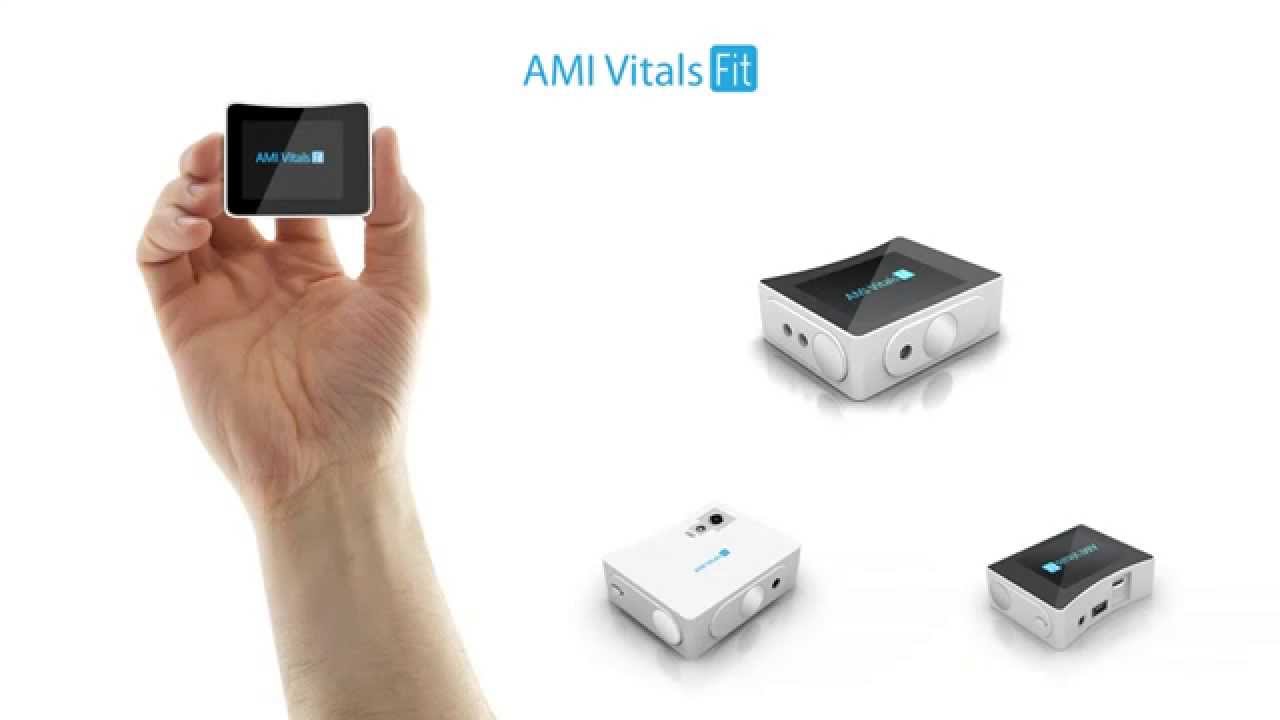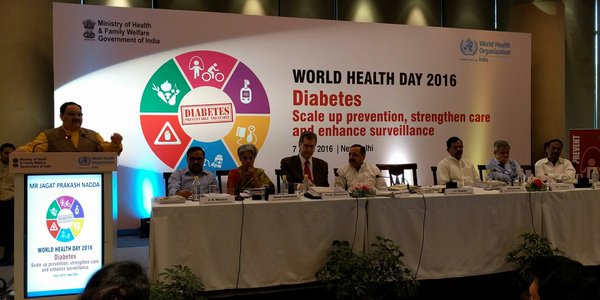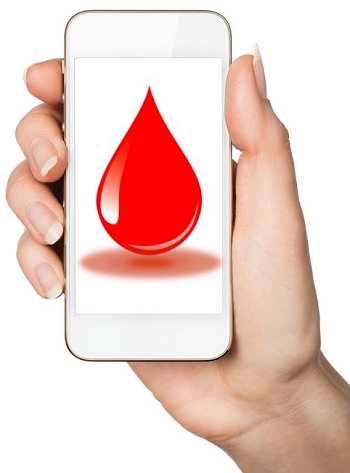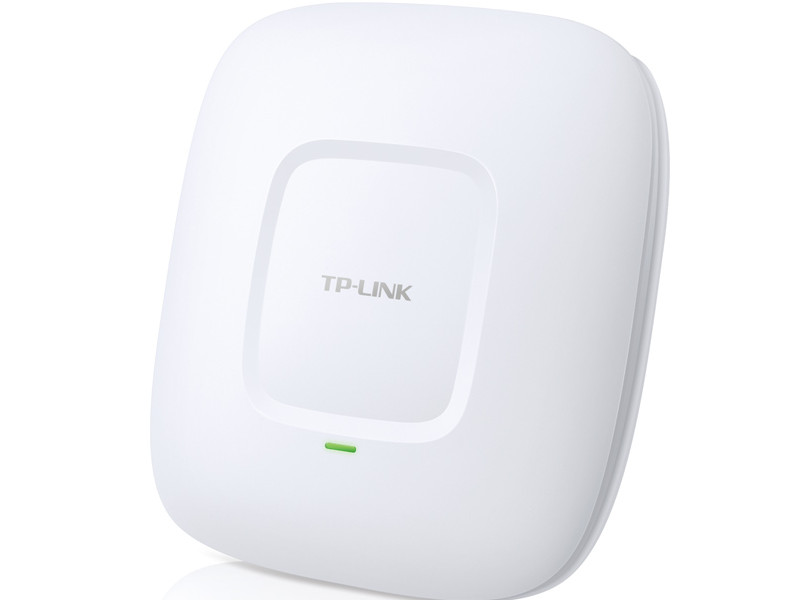A cluster of EU research projects, collectively known as the SFIT Group are piloting garments which can measure a wearer’s body temperature or trace their heart activity. The European Commission scheme, known as Biotex, is focused on supporting the development of smart textiles. Miniaturised biosensors in a textile patch can analyse body fluids, such as sweat, and provide an accurate assessment of the wearer’s health. The idea is that a fabric would be embedded with numerous sensors, constantly monitoring vital signs. If danger signs are detected, the garment could be programmed to contact the wearer’s doctor or send them a warning text message. Jean Luprano, a researcher at the Swiss Centre for Electronics and Microtechnology (CSEM), and coordinator of the project, said medicine was one of the main areas the technology could be applied “One of the most obvious applications for smart fabrics is in the medical field. There has been a good deal of progress with physiological measurements, body temperature or electro-cardiograms. But no-one has yet developed biochemical sensing techniques that can take measurements from fluids like sweat and blood.” Luprano said development work included a suite of sensors that can be integrated into a textile patch, incorporating both a sensing and processing unit that could target and respond to different body fluids or biochemistry. “At the very least, some basic biochemical analyses could complement the physiological measurements that can already be monitored. In some circumstances, fluidic analysis may be the only way to get information on a patient’s health status,” said Luprano. Research partners involved in the project include universities and small enterprises from Italy, France and Ireland. They have been collaborating to overcome key technical barriers to smart textiles, including capture and collection of a fluid to a biosensing unit. Other areas of focus include how to make reliable measurements from tiny volumes of liquid. The researchers have so far developed a suite of prototype ionic biosensors, capable of measuring sodium, potassium and chloride in sweat samples. Another sensor measures the conductivity of sweat and a miniaturised pH sensor uses colour changes to indicate the pH of sweat. An immunosensor, which could be integrated into wound dressings or bandages, can detect the presence of specific proteins in fluid samples. Several of the probes, including the pH sensor, use colour changes or other optical measurements. Plastic optical fibres (POFs) are woven into the fabric so that light can be supplied to the optical sensors and the reflected light directed to the spectrometer. The system uses no power, thereby reducing the power demands of the system and the weight of a battery pack that the wearer would have to carry. In the first trials, the smart patches will be worn in clothes by people with obesity and diabetes, as well as athletes. Once the technology has been validated, the plan is to take on industrial backers to commercialise it. Luprano says he would now like to see more research into the application of this technology. “It’s new and healthcare providers are not used to it. We are not used to the information that continuous, remote monitoring can provide

Be a part of Elets Collaborative Initiatives. Join Us for Upcoming Events and explore business opportunities. Like us on Facebook , connect with us on LinkedIn and follow us on Twitter , Instagram.












